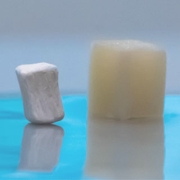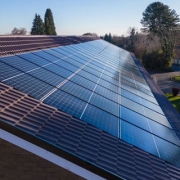A recycling trial by PVC drainage manufacturer Polypipe Building Services with the UK’s largest specialist trade distributor has proved so successful that it’s now being rolled out across 11 of their branches within the UK.
The trial with Wolseley UK, the country’s largest plumbing, heating, and cooling trade merchant, began in three of their branches in Brimsdown, Trafford and West Bromwich, and has proved so successful that since January 2022 Polypipe Building Services has collected more than 2,700 kilos of recycled waste.
The scheme means Polypipe Building Services drivers will drop off dedicated empty collapsible pallets to merchants they supply which can be filled with PVC piping offcuts, obsolete products, plastic packaging, and bulk bags, and will pick the full ones up on their next delivery to the branch.
Alex Ashton, Environmental & Sustainability Manager at Polypipe Building Services, said the service was just one of a number of ways the Kent based manufacturer is working to improve the sustainability of the business and minimise the impact to the 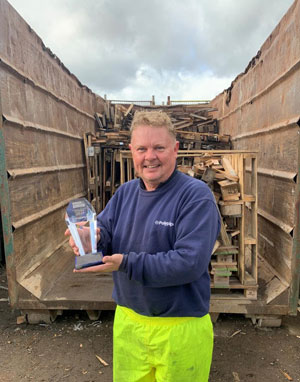 environment.
environment.
He said:
“We had been looking at ways we could help customers with their waste reduction as part of our own measures on site at Aylesford to stop anything going to landfill, and when we approached Wolseley with the idea they jumped at the chance.
“This scheme ties into our strategy of using more recycled materials in our processes following the release of our Terrain PVC sustainable pipe last year which is manufactured from up to 65% recycled PVC-u and is helping us to hit our targets as part of the Genuit group, which is committed to using more than 60% of recycled materials in our products.
“Plastic often gets a bad name when it comes to the environment, but when it’s used responsibly it can be recycled again and again helping us to limit the resources we take out of the earth.”
Cardboard, wooden pallets and plastic bottles are already recycled at Polypipe Building Services headquarters in Aylesford, and recycling bags are also supplied by Polypipe to building sites they supply so any offcuts can be collected and recycled instead of going to landfill.
He added: “We’ve already had interest in the trial from several of our other distributors as it really is a win-win for them, their customers and our environment, and we have employed two dedicated recycling staff to sort all the different recycling streams.”
The trial led Wolseley to present Polypipe Building Services their Initiative of the Year award for going the extra mile for their customers.
Luchiana Laza, Category Manager at Wolseley, said: “When Polypipe Building Services told us about their trial scheme we were delighted, as internally we had been looking at different recycling schemes to support our customers.
“Polypipe Building Services are one of our preferred suppliers so it’s great to see them taking the initiative like this.
“We have weekly deliveries from Polypipe so the volume of waste which we can now recycle means this scheme also makes good financial sense due to the cost saving on skips.”




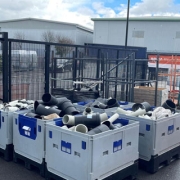

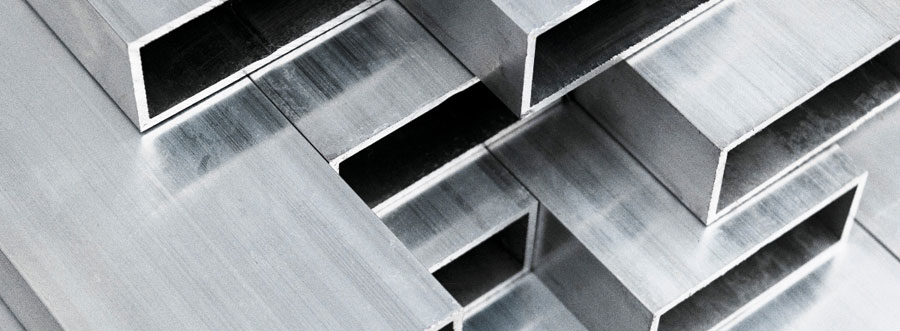
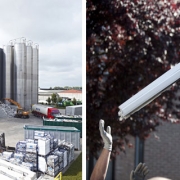
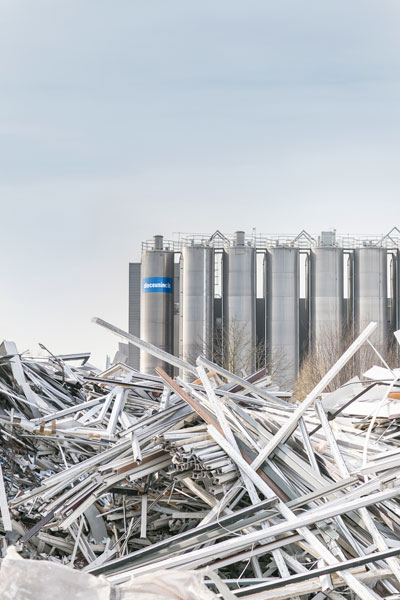 Deceuninck’s main suite of energy efficient window and door profiles can include up to 50% recycled material. This is manufactured using leading edge co-extrusion technologies, which isolate recycled content in areas away from the surface of the product, guaranteeing finish and performance.
Deceuninck’s main suite of energy efficient window and door profiles can include up to 50% recycled material. This is manufactured using leading edge co-extrusion technologies, which isolate recycled content in areas away from the surface of the product, guaranteeing finish and performance.

